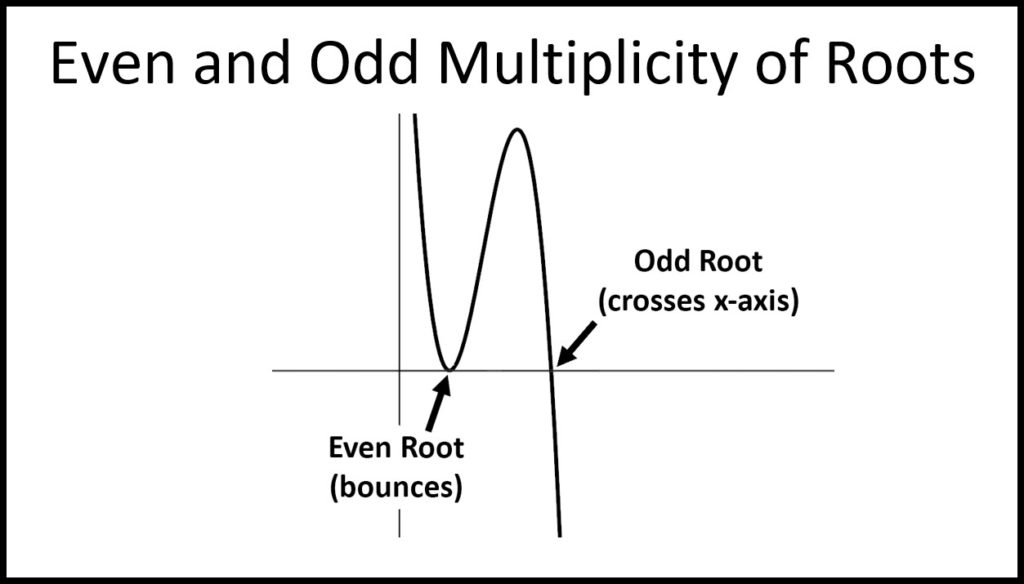Andymath.com features free videos, notes, and practice problems with answers! Printable pages make math easy. Are you ready to be a mathmagician?
Problems
Solve by completing the square
\(\textbf{1)}\) \( x^2+10x-24=0 \)

\(\textbf{2)}\) \( 2x^2+7x=4 \)

\(\textbf{3)}\) \( x^2-6x+8=0 \)

\(\textbf{4)}\) \(x^2+5x+6=0\)
\(\textbf{5)}\) \(x^2-6x+8=0\)
\(\textbf{6)}\) \(x^2-8x=20\)
\(\textbf{7)}\) \( x^2 – 4x – 1 = 0 \)
\(\textbf{8)}\) \( x^2 + 6x + 2 = 0 \)
\(\textbf{9)}\) \( x^2 – 2x – 3 = 0 \)
See Related Pages\(\)
\(\bullet\text{ Adding and Subtracting Polynomials}\)
\(\,\,\,\,\,\,\,\,(4d+7)−(2d−5)…\)
\(\bullet\text{ Multiplying Polynomials}\)
\(\,\,\,\,\,\,\,\,(x+2)(x^2+3x−5)…\)
\(\bullet\text{ Dividing Polynomials}\)
\(\,\,\,\,\,\,\,\,(x^3-8)÷(x-2)…\)
\(\bullet\text{ Dividing Polynomials (Synthetic Division)}\)
\(\,\,\,\,\,\,\,\,(x^3-8)÷(x-2)…\)
\(\bullet\text{ Synthetic Substitution}\)
\(\,\,\,\,\,\,\,\,f(x)=4x^4−3x^2+8x−2…\)
\(\bullet\text{ End Behavior}\)
\(\,\,\,\,\,\,\,\, \text{As } x\rightarrow \infty, \quad f(x)\rightarrow \infty \)
\(\,\,\,\,\,\,\,\, \text{As } x\rightarrow -\infty, \quad f(x)\rightarrow \infty… \)
\(\bullet\text{ Completing the Square}\)
\(\,\,\,\,\,\,\,\,x^2+10x−24=0…\)
\(\bullet\text{ Quadratic Formula and the Discriminant}\)
\(\,\,\,\,\,\,\,\,x=-b \pm \displaystyle\frac{\sqrt{b^2-4ac}}{2a}…\)
\(\bullet\text{ Complex Numbers}\)
\(\,\,\,\,\,\,\,\,i=\sqrt{-1}…\)
\(\bullet\text{ Multiplicity of Roots}\)
\(\,\,\,\,\,\,\,\,\) \(…\)
\(…\)
\(\bullet\text{ Rational Zero Theorem}\)
\(\,\,\,\,\,\,\,\, \pm 1,\pm 2,\pm 3,\pm 4,\pm 6,\pm 12…\)
\(\bullet\text{ Descartes Rule of Signs}\)
\(\,\)
\(\bullet\text{ Roots and Zeroes}\)
\(\,\,\,\,\,\,\,\,\text{Solve for }x. 3x^2+4x=0…\)
\(\bullet\text{ Linear Factored Form}\)
\(\,\,\,\,\,\,\,\,f(x)=(x+4)(x+1)(x−3)…\)
\(\bullet\text{ Polynomial Inequalities}\)
\(\,\,\,\,\,\,\,\,x^3-4x^2-4x+16 \gt 0…\)
In Summary
Completing the square is a mathematical technique used to solve quadratic equations. It involves taking a quadratic equation and re-arranging it into the form of a perfect square trinomial, which makes it easier to solve. Completing the square is a useful method because it allows us to solve quadratic equations that may not have an obvious solution using other methods. It is also a useful tool for graphing quadratic equations because it gives us the coordinates of the vertex of the parabola.
Completing the square is typically introduced in algebra 2 or precalculus classes.
The most common mistakes when completing the square are related to the steps involving the \(\left(\frac{b}{2}\right)^2\). But with practice, these mistakes show up less.
René Descartes and Isaac Newton both used completing the square to solve quadratic equations and understand the properties of quadratic functions. Today, completing the square is still a useful mathematical tool.
Topics related to completing the square include:
Quadratic equations: Completing the square is a technique used to solve quadratic equations, which are equations of the form \(ax^2 + bx + c = 0\). Solving quadratic equations is an important skill in algebra, and there are several different methods for doing so, including factoring, using the quadratic formula, and graphing.
Parabolas: Completing the square is a useful tool for understanding the properties of parabolas, which are the graphs of quadratic functions. By completing the square, we can find the vertex form of the parabola, which quickly shows the coordinates of the vertex, the shape and the direction of the graph.
Factoring: Completing the square is closely related to factoring quadratic expressions. In fact, the technique of completing the square can be thought of as a way to factor a quadratic expression into the form (x + p)^2 = q, where p and q are constants. Factoring is a fundamental skill in algebra, and it is used in many different contexts, including solving equations and simplifying expressions.
The quadratic formula: The quadratic formula is another method for solving quadratic equations. It states that the solutions to the equation \(ax^2 + bx + c = 0\) are given by the formula \(x = \frac{-b \pm \sqrt{b^2 – 4ac}}{2a}\). The quadratic formula can be derived using completing the square.
About Andymath.com
Andymath.com is a free math website with the mission of helping students, teachers and tutors find helpful notes, useful sample problems with answers including step by step solutions, and other related materials to supplement classroom learning. If you have any requests for additional content, please contact Andy at tutoring@andymath.com. He will promptly add the content.
Topics cover Elementary Math, Middle School, Algebra, Geometry, Algebra 2/Pre-calculus/Trig, Calculus and Probability/Statistics. In the future, I hope to add Physics and Linear Algebra content.
Visit me on Youtube, Tiktok, Instagram and Facebook. Andymath content has a unique approach to presenting mathematics. The clear explanations, strong visuals mixed with dry humor regularly get millions of views. We are open to collaborations of all types, please contact Andy at tutoring@andymath.com for all enquiries. To offer financial support, visit my Patreon page. Let’s help students understand the math way of thinking!
Thank you for visiting. How exciting!